Undoing-Aging 2018 at full throttle — more than 300 scientists from 36 countries — 3 days of presentations and networking. love it smile
For updates on the presentations see the event page.
Fb.com/events/495046104177327/
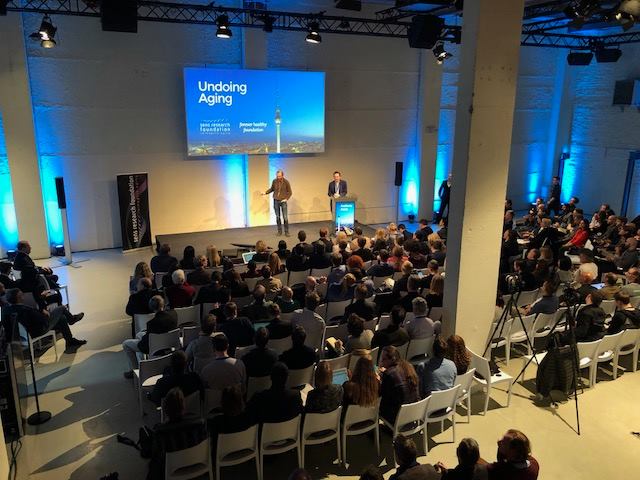
Undoing-Aging 2018 at full throttle — more than 300 scientists from 36 countries — 3 days of presentations and networking. love it smile
For updates on the presentations see the event page.
Fb.com/events/495046104177327/
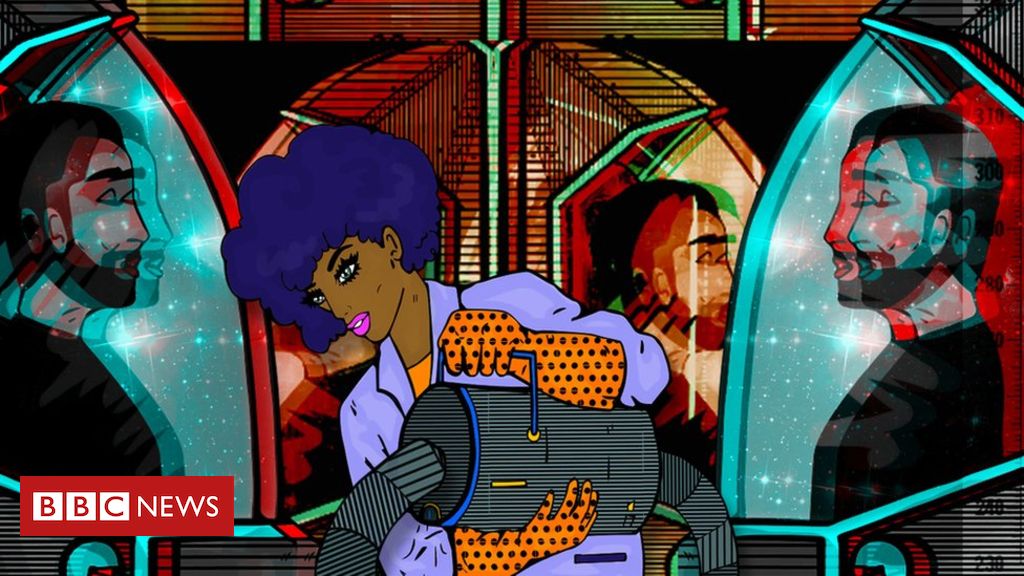
Freezing the deceased in the hope of one day reviving them could become a mainstream service, advocates say.
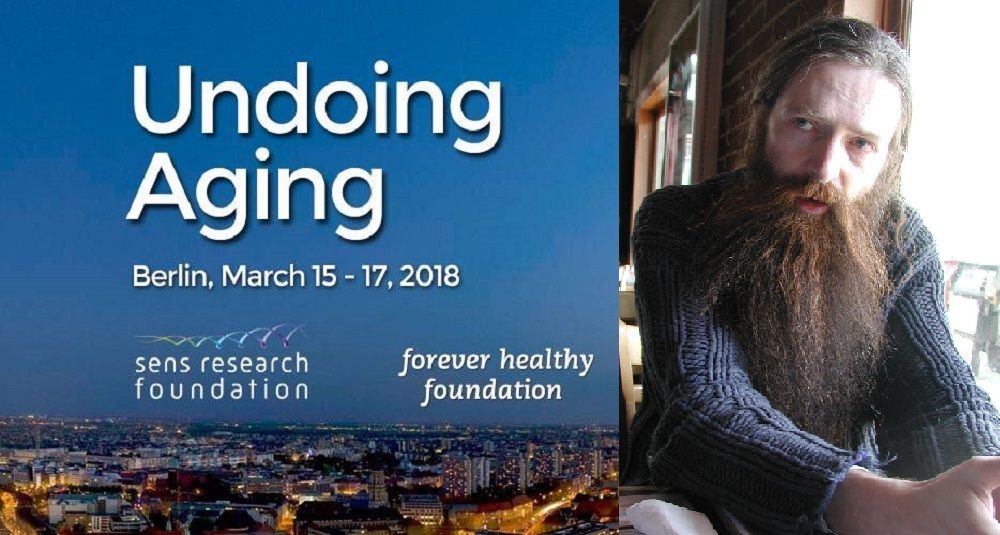
The second part of LEAF’s interview with the SENS Research Foundation team is out!
Welcome to part two of our three-part Undoing Aging 2018 interview of Dr. Aubrey de Grey and his team at SENS Research Foundation. Today, we have some of the scientific questions that the community had about SENS; there are some very detailed responses, and we hope you enjoy them.
Regarding the use of senolytics, are you concerned about their potential to remove highly specialized cells like cardiomyocytes, which do not divide or do so very slowly? Could taking senolytics without the ability to replace these specialized lost cells be risky unless combined with replacement therapies?
Aubrey: This is not a major concern, for a few reasons. First, when cells turn senescent, they cease carrying out their specialized function (as a cardiomyocyte, or neuron, or what have you), so no such function is lost by ablating them. Second, cells that don’t divide (like cardiomyocytes and neurons) are far less likely to become senescent in the first place than cell types that divide; many of the main drivers of senescence are related to cell division. And third, in the specific case of cardiomyocytes, there’s already significant evidence in rodents that it improves cardiac function overall [1] as well as wider cardiovascular health [2–3].
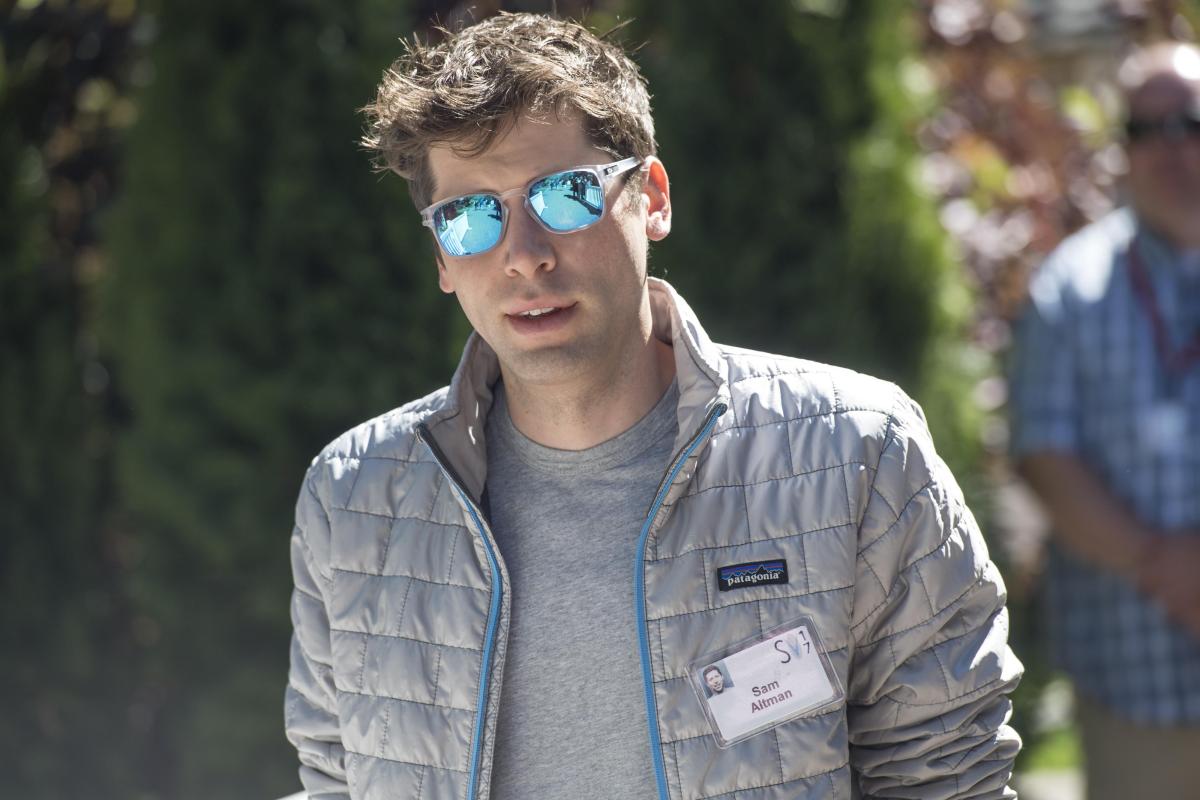
A SILICON Valley billionaire is paying the ultimate price for the chance of immortality: death.
Well that, and a spare ten grand.
Entrepreneur Sam Altman is one of 25 people who have splashed the cash to join a waiting list at Nectome – a startup that promises to upload your brain into a computer to grant eternal life to your consciousness.
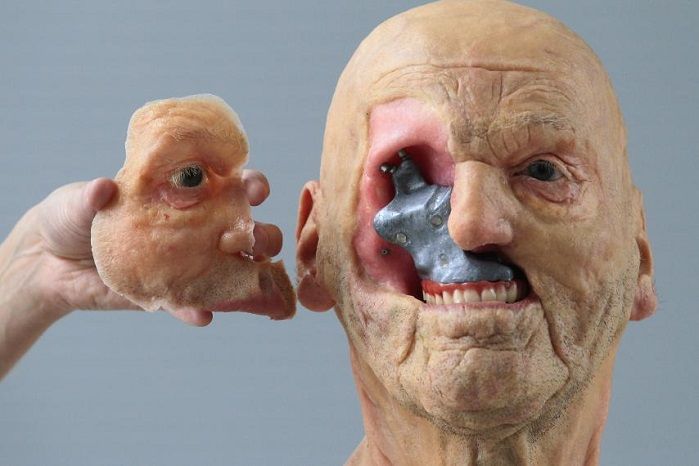
This major religious site suggests I’m part of a group of mad scientists, but Quantum Archaeology is a very interesting idea that more people should ponder. The article also highlights the challenge of #transhumanism vs. religion and conservative attitutes: http://www.lifenews.com/2018/03/12/mad-scientists-want-to-3-D-print-every-dead-person-back-to-life/ #transhumanism
But the self-described secular transhumanist is perfectly serious in his posturing about the future of technology, life and death. Within 50 years, he believes scientists may be able to bring back people from the dead.
“After all, everything is matter and energy. And human life, human thoughts and human existence are mathematical, determinable calculations of that subatomic world of matter and energy,” Istvan writes.
“As a secular transhumanist—someone who advocates for improving humanity by merging people with machines—I don’t believe in death anymore,” he continues. “Most transhumanists’ number one goal is to become immortal through science.”
Though he does not lump himself into this camp, he says some transhumanists want to bring back every life who ever lived.
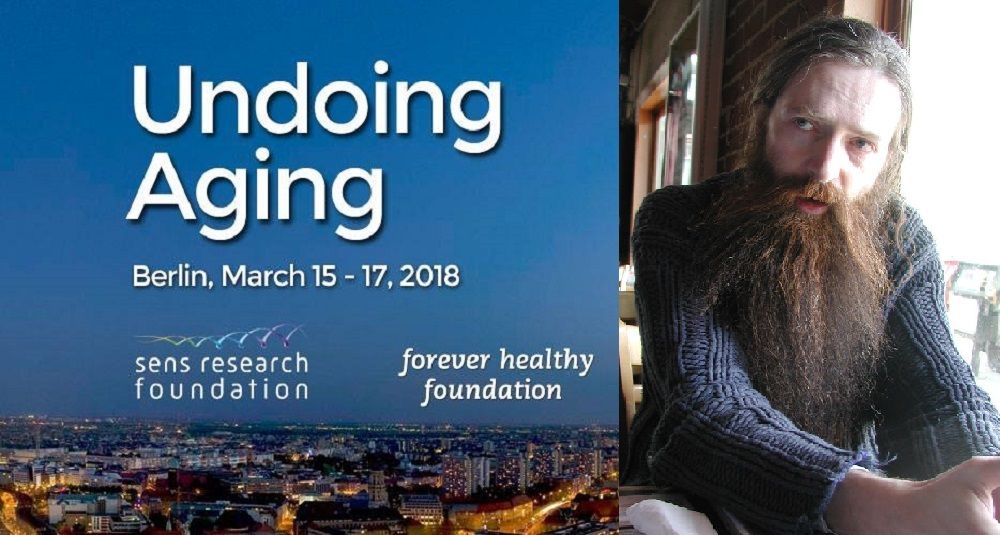
The Undoing Aging 2018 Conference is almost here! For the occasion, LEAF has interviewed Dr. Aubrey de Grey and others of the SRF team. Check it out!
As the Undoing Aging 2018 Conference approaches, excitement and interest about the event are growing among both aging scientists and rejuvenation enthusiasts alike. If you’re a regular on our blog, neither Undoing Aging 2018’s main organizer, SENS Research Foundation, nor the main sponsor, Michael Greve’s Forever Healthy Foundation, need much of an introduction, but for the benefit of any newcomers, here’s a brief summary of all you need to know before diving into the questions that we’ve asked the SRF team on behalf of the members of the growing rejuvenation community.
SENS Research Foundation
SENS Research Foundation is a medical research charity based in California and the UK. A spin-off of the Methuselah Foundation, SRF is the engine room of research on biotechnologies against aging. Co-founded by Dr. Aubrey de Grey, the first proponent of the so-called “maintenance approach” to aging, the foundation has, over the years, funded and conducted cutting-edge research on the known root causes of aging, producing solid evidence that rejuvenation biotechnologies that can undo the damage of aging may be achievable within a few decades, given sufficient effort and funding.

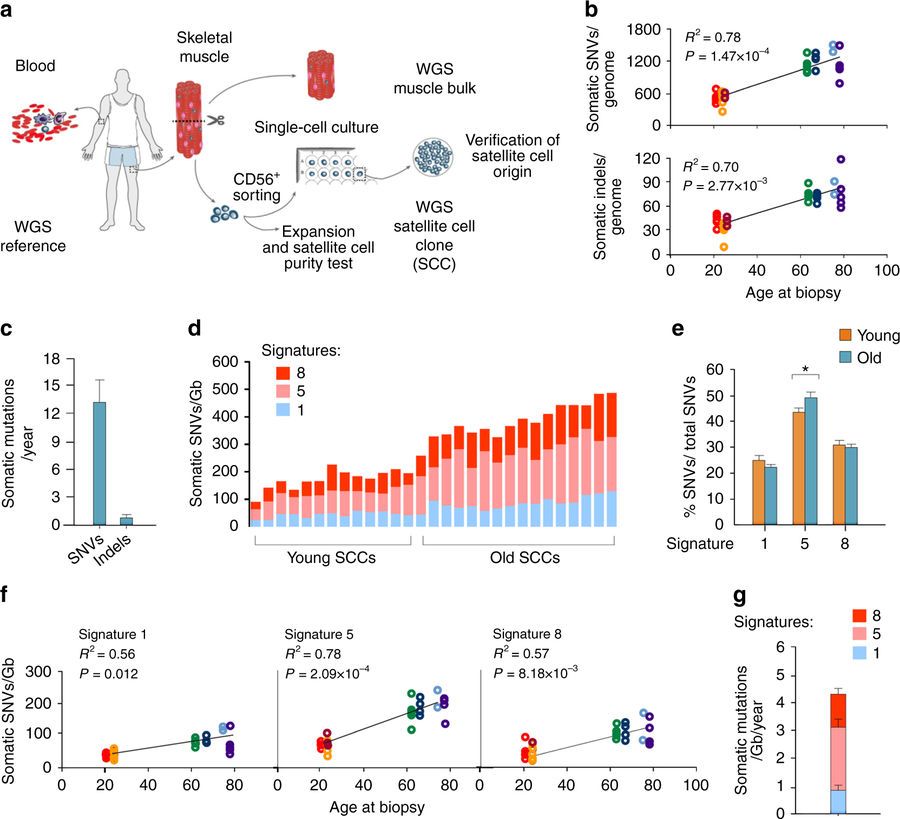
An article I wrote:
Study based upon human skeletal muscle aging, mutagenesis, and the role of #satellite cells
“A more comprehensive understanding of the interplay of stem cell–intrinsic and extrinsic factors will set the stage for improving cell therapies capable of restoring tissue homeostasis and enhancing muscle repair in the aged.”
Human aging has multiple effects on the human body. One of the effects of human aging is the reduction in skeletal muscle (SkM) function and a reduction in the number and activity of satellite cells (SCs), the resident stem cells. The whole genome of single SC clones of the leg muscle vastus lateralis from healthy individuals of different ages (21–78 years) was analyzed, to study the specific connection between SC aging and muscle impairment. In healthy adult muscle rapid increase of SCs is consistent with the accumulation rate of 13 somatic mutations per genome per year. Mutations typically do not happen in SkM-expressed genes because they are protected. However, as mutations in exons and promoters increase, genes involved in SC activity and muscle function are targeted which results in aging. Exons are coding sections of an RNA transcript, or the DNA encoding it, that are translated into protein. Proteins are the synthesis of molecules.
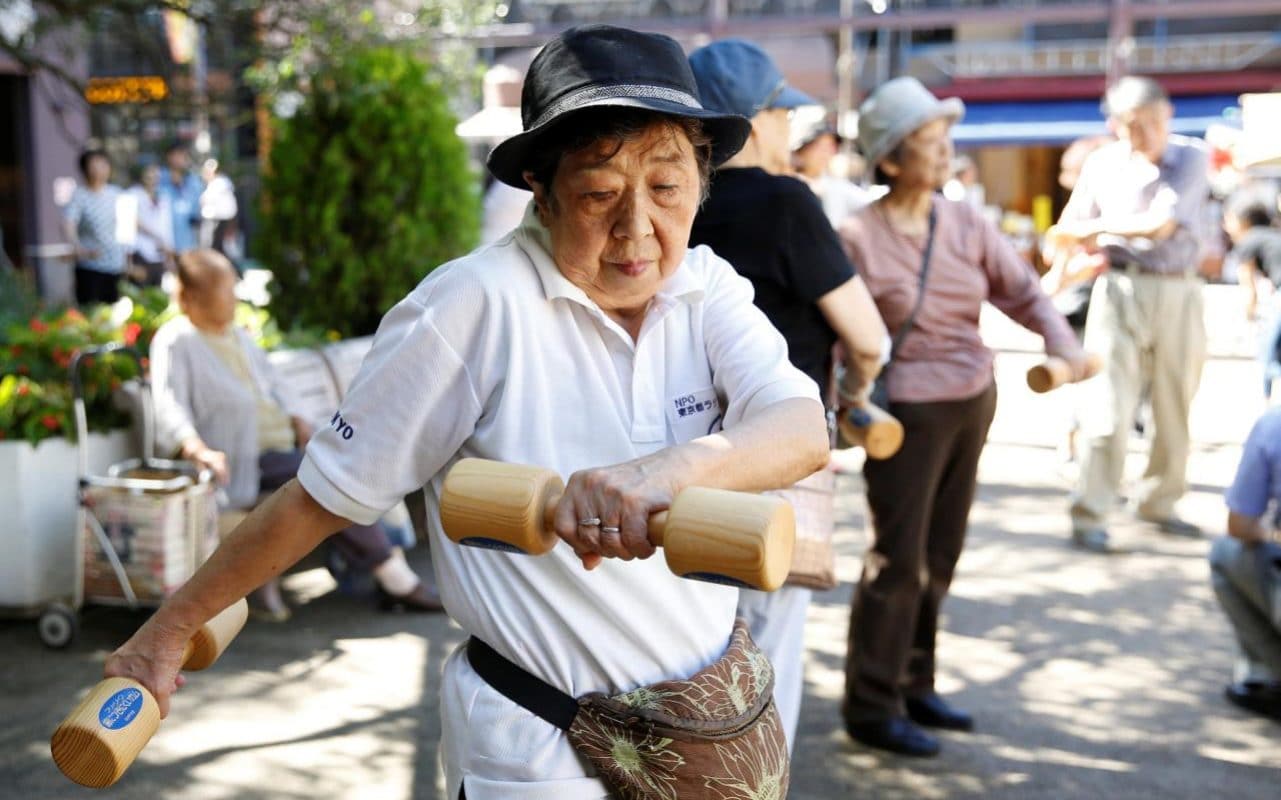
T he inevitable muscle wasting of old age could be stopped, scientists believe, after discovering why people become frail as they grow older.
Most people become weaker in their later years, as their leg muscles get smaller and less able to bear weight, which often leads to disability and falls.
But until now, nobody has known why the process happens or if it can be reversed.